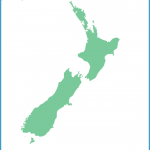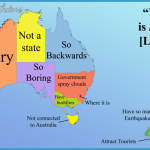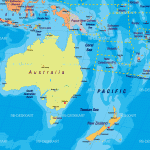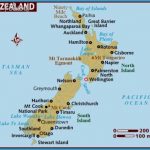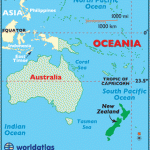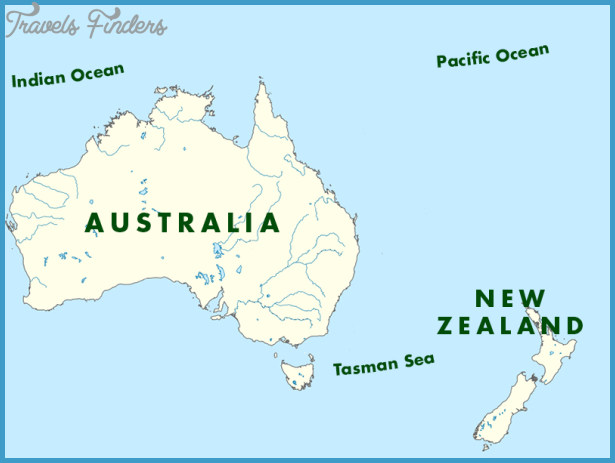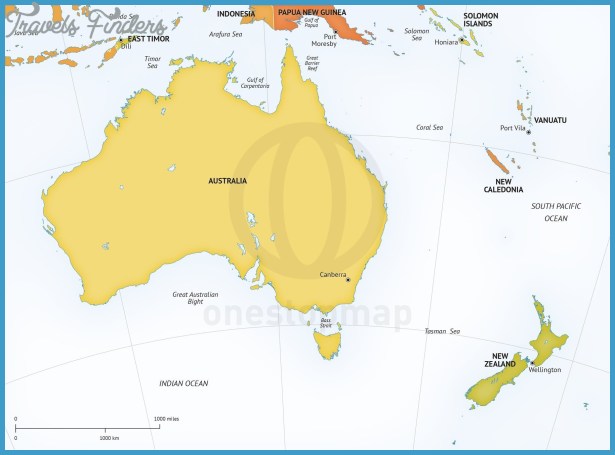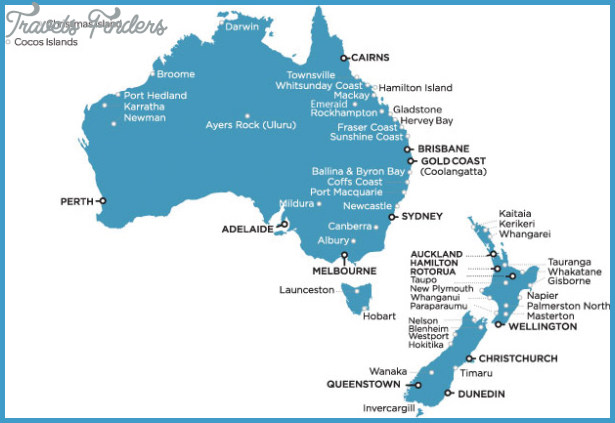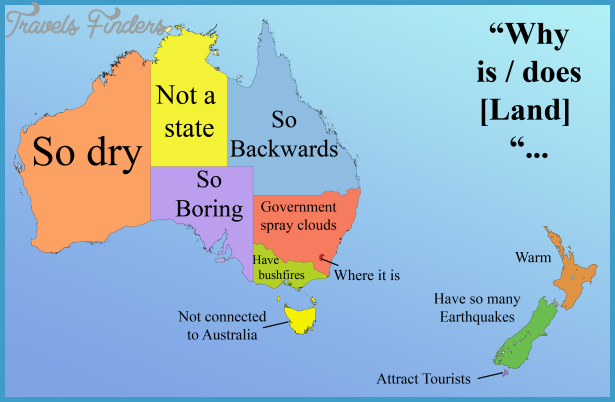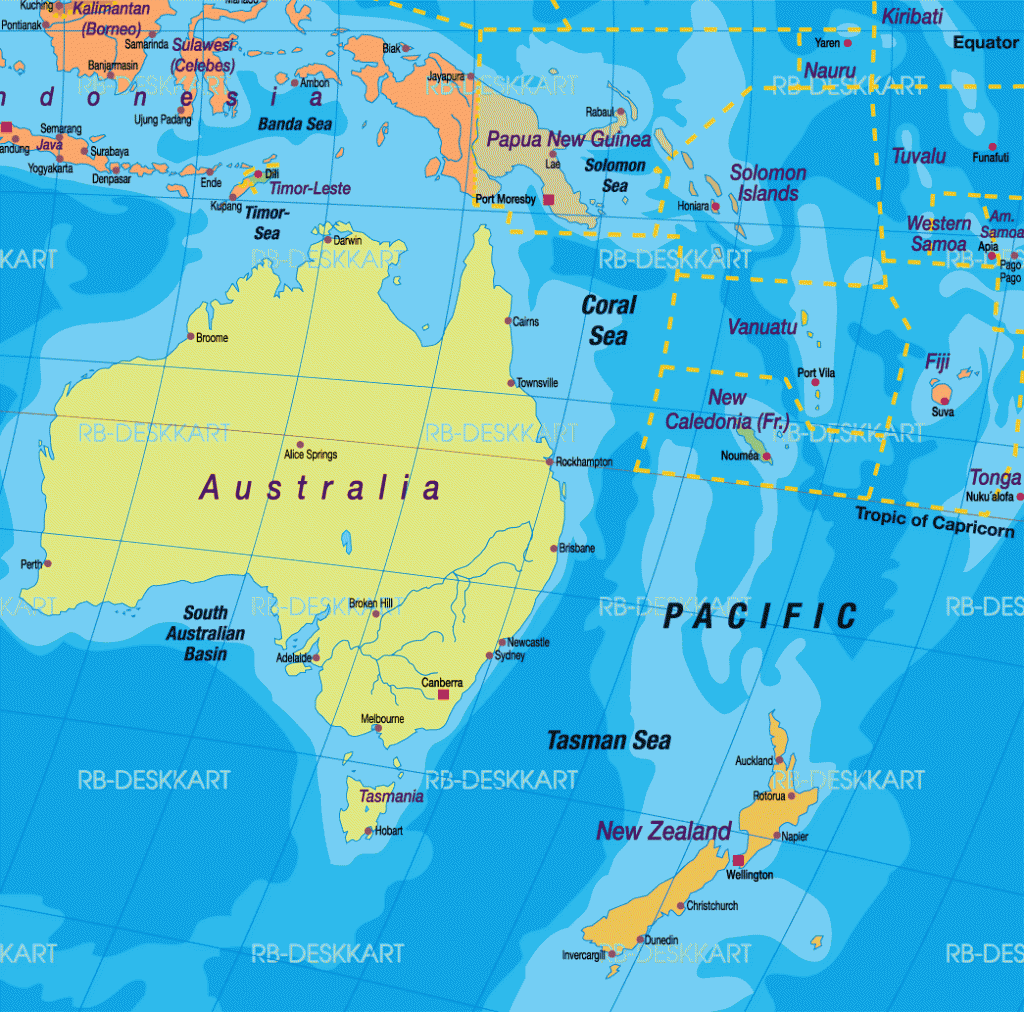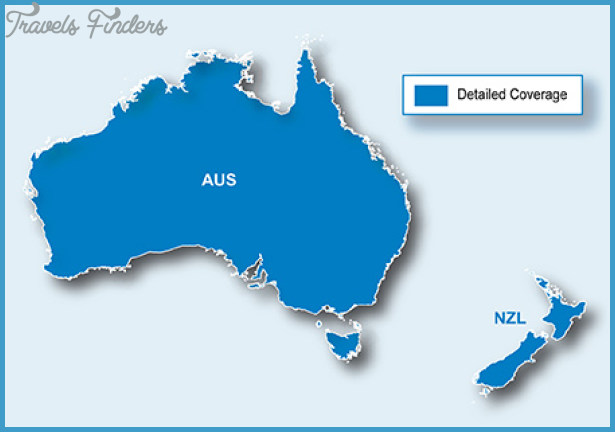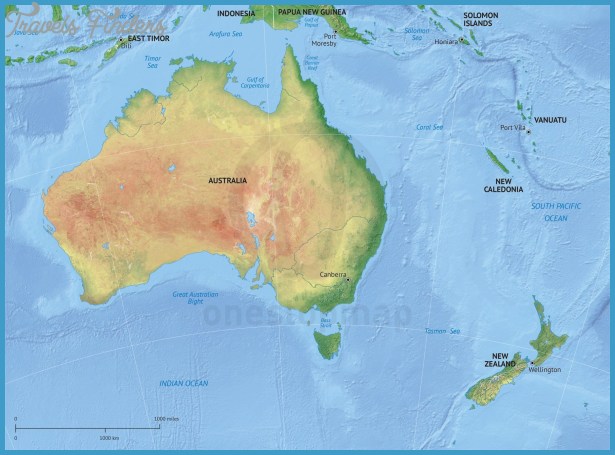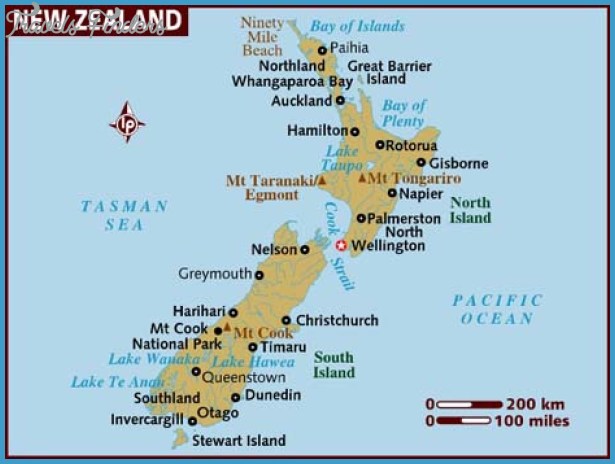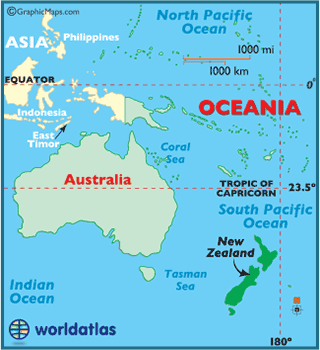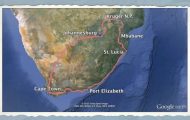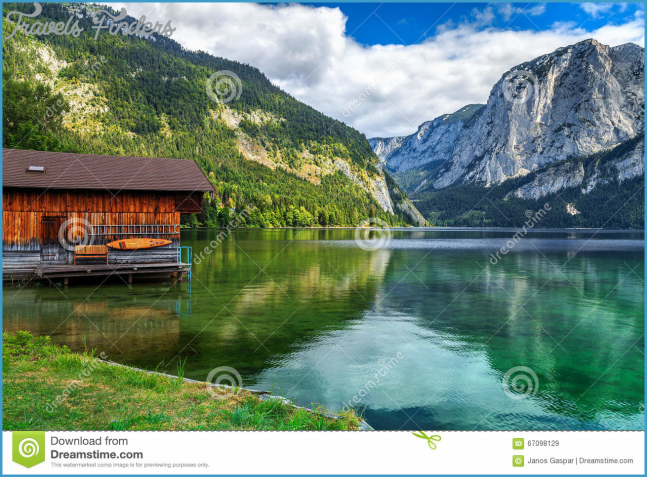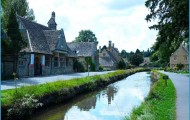An ongoing revolution
This New Zealand story has contrasts, as well as parallels, with the French experience that inspired Dion and Gadille. The transformation of New Zealand viticulture and winemaking from an industry dependent on hybrid vines and fortified wines to one producing quality table wines has been extremely compressed. It took just 50 years. This transformation is impossible to compare with the long-term development of the French industry where the process extended from several hundred years BC and involved the gradual selection of vines that would yield grapes of quality in the cooler climates away from the Mediterranean. However, phylloxera and hybrid vines are key points of historical reference for both countries.
Identification of phylloxera in the late nineteenth century in New Zealand, and the availability of the American species and hybrid vines developed in France, and sold by the state in New Zealand, were important. These, combined with the absence of a culture of wine, and the presence of a temperance movement, all contributed to delay the development of a table wine industry for almost a century. In the interim, Croatian and other winemakers were responding to demand and to the population’s prevailing attitude towards alcoholic drinks by maintaining a fortified wine industry. And some made remarkably good wine. The Australian story is similar although the dates are different and the ethnicity of the pioneering families very different. For a socio-political movement such as temperance to have such a powerful effect on the wine industry would seem highly unlikely in France, Italy or Germany.
Australia New Zealand Map Photo Gallery
The transformation of the New Zealand industry occurred in a lightly regulated environment compared with the Appellation d’Origine Controlee legal framework. Corporate and family firms planted different vinifera varieties in existing and new regions because they saw the potential of the industry in a range of natural environments. In this sense, the New Zealand industry has, despite the radical break in this tradition imposed by the temperance movement and the reaction to phylloxera, some similarities with the long empirical experience that led to the strong regionalisation of varieties in France.
Such empirical experience of bringing out the best in varieties in different environments was later written into the French appellation laws of 1935. New Zealand regions began to show their potential for different varieties as viticulturists and winemakers understood their new environments using advanced technical knowledge. Recently, more formal recognition of geographical indications in the New Zealand industry began with the submission of a list of localities and regions to the then European Community in 1981 and the voluntary phasing out of the use of French and other European names. After a period of debate within the New Zealand wine industry over the appropriate resolution at which names should initially be defined, rules were written in a generic manner for all rural industries as the Geographical Indications Registration Act 2006. This defines truth in labelling by regions and varieties. It has yet to be activated.
Although the transformation of the geography of New Zealand winegrowing has been unusually rapid, its potential remains unrealised. The matching of varieties to sites and the blending of different varieties to make distinctive local wines are still tentative. Some of the regions have scarcely two decades of experience of growing particular varieties, not always virus free and not always with the best, or right, mix of clones. With a variety such as Pinot Noir, for example, the recent evidence demonstrates that fine wines are being made from it in a number of regions. With appropriate vineyard management for different sites, more experience of vine phenology, more understanding of its vinification, and more years of different weathers, New Zealand is now in the fortunate position of having a number of different styles of Pinot Noir emerging from many terroirs.



